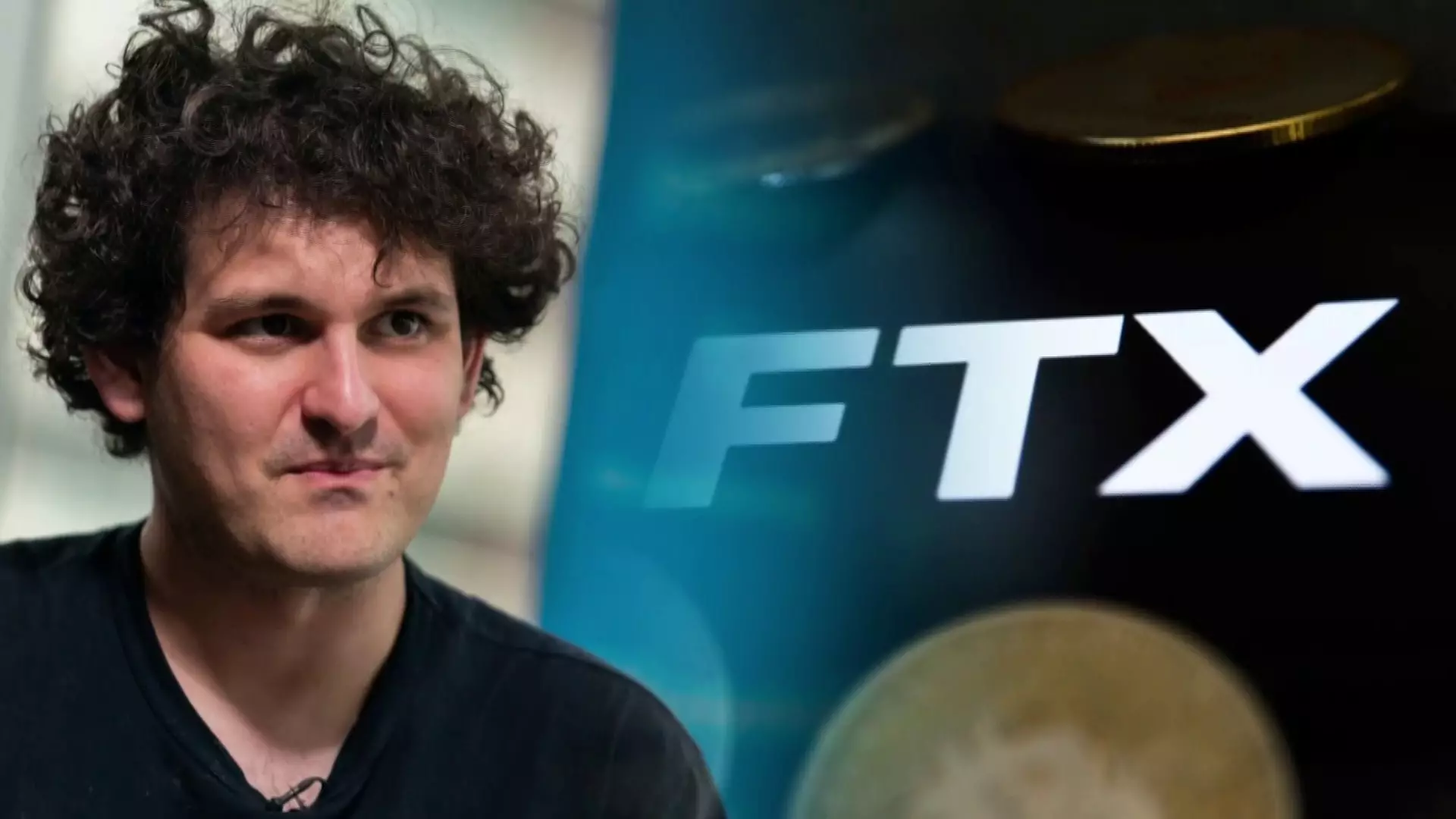The trial against FTX co-founder Sam Bankman-Fried has taken an intriguing turn with the testimony of Zac Prince, the former CEO of the now-defunct crypto lending platform BlockFi. Prince’s appearance in a Manhattan federal courtroom has provided valuable insights into the intricate relationship between BlockFi, FTX, and Alameda Research. This article will delve into Prince’s testimony and its implications on BlockFi’s financial troubles, as well as the contrasting narratives presented by the prosecution and defense.
BlockFi’s Substantial Exposure to Alameda and FTX
According to Prince’s testimony, BlockFi had a significant exposure to Alameda and FTX, estimated to be around $1 billion, at the time of BlockFi’s failure in November 2022. Prince asserted that the loans provided to Alameda played a crucial role in BlockFi’s financial troubles. He further claimed that if the loans to Alameda were still in good standing and the funds on FTX were accessible, BlockFi would not have filed for bankruptcy. This clearly underscores the interdependence between the three entities and the impact of Alameda’s collapse on BlockFi’s operations.
Prince’s testimony diverged significantly from Caroline Ellison, the government’s star witness, who portrayed Bankman-Fried as the mastermind behind a fraudulent scheme. Ellison alleged that Bankman-Fried used FTX customer funds for speculative trading at Alameda. In contrast, Prince positioned BlockFi as a victim of Bankman-Fried’s alleged schemes, stating that BlockFi made loans to Alameda based on misleading balance sheets. The conflicting narratives from these two witnesses highlight the complexities of the case.
During the trial, Prince discussed BlockFi’s due diligence process regarding Alameda’s collateral, which primarily comprised of tokens affiliated with FTX. The defense sought to establish that BlockFi willingly provided loans to Alameda with knowledge of the associated risks. Prince emphasized that providing “unaudited balance sheets” is a common industry practice for borrowers seeking loans, thereby implying that BlockFi acted within industry norms. However, the prosecution raised concerns about the adequacy of BlockFi’s due diligence, suggesting that the company failed to recognize warning signs before extending substantial loans to Alameda.
Prince’s testimony provides a deeper understanding of the intertwined relationships within the cryptocurrency industry. BlockFi’s exposure to Alameda and FTX, as well as its subsequent bankruptcy, highlight the potential repercussions of alleged fraudulent activities. This case serves as a reminder of the risks associated with lending and investing in the crypto space, where interconnectivity between different entities can have far-reaching consequences.
As the trial unfolds, the court will continue to examine the details surrounding BlockFi’s lending practices and the extent of Bankman-Fried’s involvement in the alleged schemes. It is important to note that BlockFi can no longer be utilized for crypto-related activities, as the company declared bankruptcy and suspended withdrawals in November 2022. The bankruptcy filing reveals that BlockFi owes between $1 billion and $10 billion to over 100,000 creditors, further highlighting the magnitude of the situation.
Zac Prince’s testimony in the trial against Sam Bankman-Fried has shed light on the complex relationship between BlockFi, FTX, and Alameda. The differing narratives presented by the prosecution and defense showcase the nuances and intricacies of the case, highlighting the challenges faced by the court in unraveling the truth. As the trial progresses, the cryptocurrency industry will be closely watching, as the outcome may have far-reaching implications for lending practices and the interconnected nature of crypto businesses.


Leave a Reply